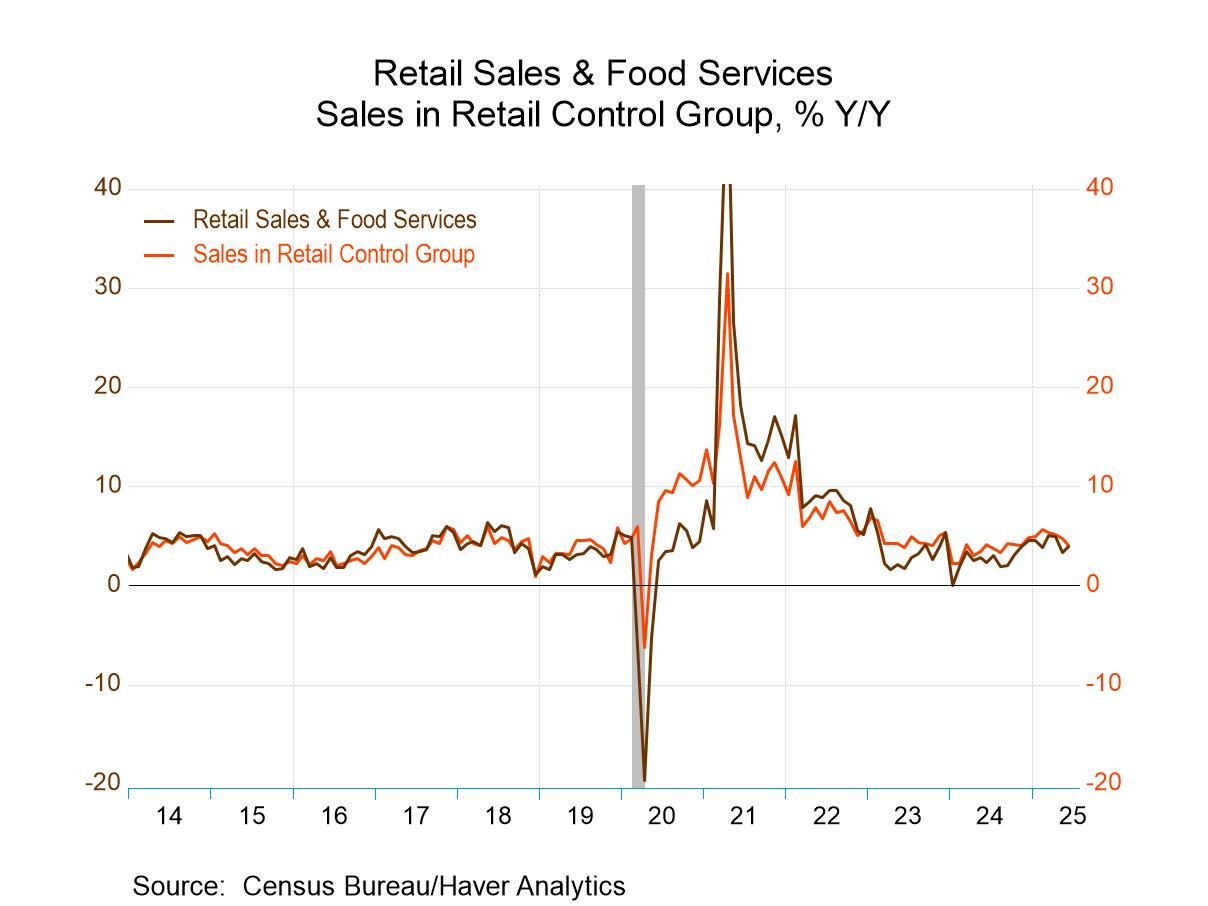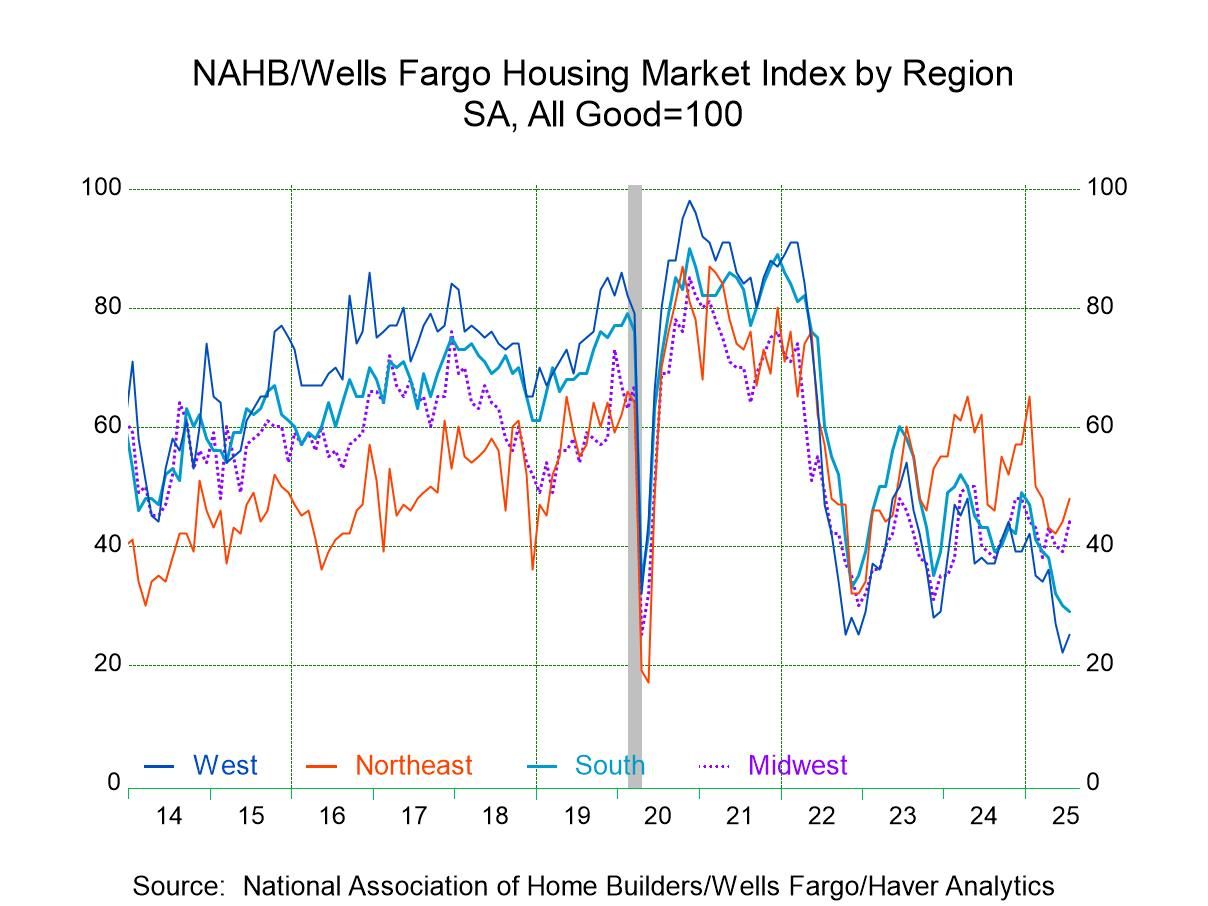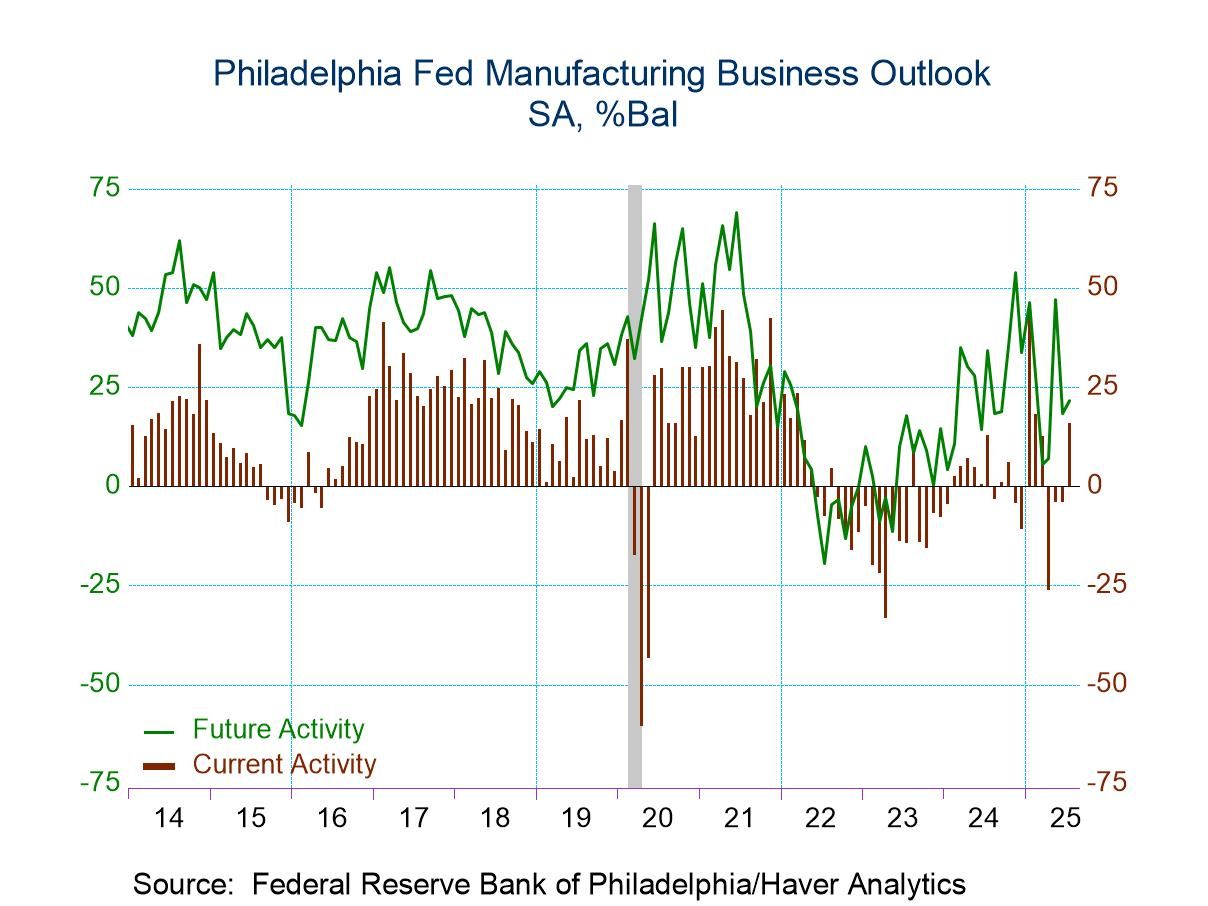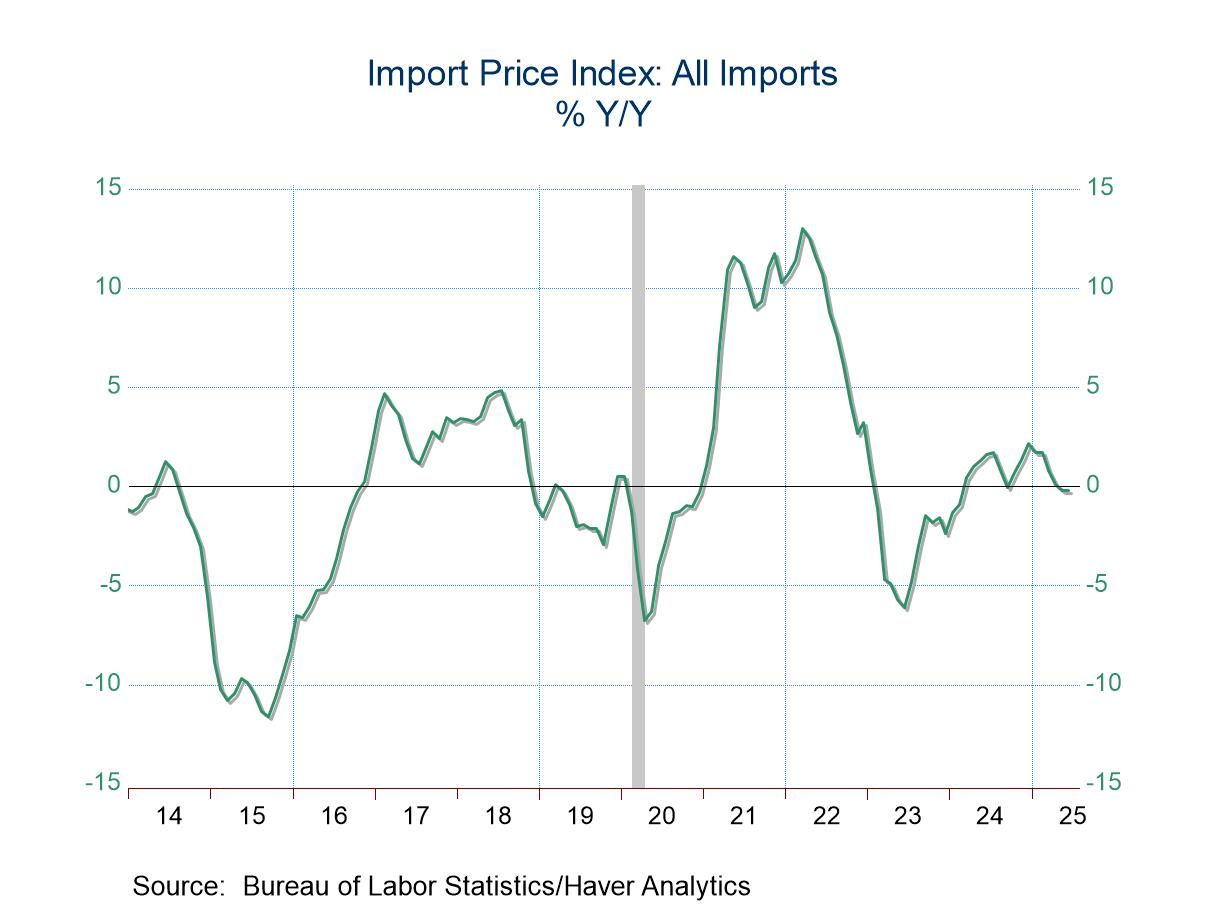U.S. Job Openings Unexpectedly Increased in December
by:Sandy Batten
|in:Economy in Brief
Summary
- The number of job openings rose to above 11 million.
- New hires rebounded.
- Layoffs and discharges increased up but remain historically low.


Job openings unexpectedly rose 5.5% m/m (-3.8% y/y) in December to 11.012 million according to the Bureau of Labor Statistics’ Job Openings and Labor Turnover Survey. This was the highest level of openings since last July. The market consensus had expected a slight decline. The December rebound followed a 0.7% m/m decline in November and a 1.6% m/m fall in October. The series high number of openings was reached in March 2002 at 11.855 million. In the twelve months prior to the pandemic lockdown in March 2020, the number of openings averaged 7.127 million. In December, there were 5.290 million more openings than the number of unemployed compared to 1.298 million in the month prior to the pandemic lockdown. So, current demand for workers is clearly stronger than it was just prior to the pandemic. The job openings rate (job openings as a percentage of the sum of establishment employment plus openings) rose to 6.7% in December from 6.4% in November. The series high was 7.3% in March 2022.
New hires rose 2.2% m/m (-4.4% y/y) to 6.165 million in December, more than reversing their 1.3% m/m decline in November. In the private sector, hiring rebounded in construction with a 10.5% m/m gain in December following monthly declines in both October and November. Hiring was weakest in information services with a 18.5% m/m decline in December, essentially reversing the 19.0% monthly jump in November.
The total number of job separations increased 1.0% m/m (-2.5% y/y) to 5.890 million in December, the third consecutive monthly gain. Total separations include quits, layoffs and discharges, and other separations. Quits are generally voluntary separations initiated by the employee. Therefore, the quits rate can serve as a measure of workers’ willingness or ability to leave jobs. Layoffs and discharges are involuntary separations initiated by the employer. Quits fell 0.4% m/m (-7.2% y/y) to 4.087 million in December, the third monthly decline in the past four months and a likely indication that jobs are becoming less readily available. Layoffs and discharges increased 3.5% m/m (+16.3% y/y) to 1.468 million in December. This was the highest level since last August and points to higher involuntary separations.
Private-sector job openings increased 5.9% m/m (-4.0% y/y) to 9.931 million in December, also their highest level since July. New private-sector hires rose 2.3% m/m (-5.3% y/y) to 5.741 million. Private-sector separations edged up 0.8% m/m (-2.6% y/y) to 5.501 million, the highest level since August.
The data from the Job Openings and Labor Turnover Survey (JOLTS) are available in Haver’s USECON database.
Sandy Batten
AuthorMore in Author Profile »Sandy Batten has more than 30 years of experience analyzing industrial economies and financial markets and a wide range of experience across the financial services sector, government, and academia. Before joining Haver Analytics, Sandy was a Vice President and Senior Economist at Citibank; Senior Credit Market Analyst at CDC Investment Management, Managing Director at Bear Stearns, and Executive Director at JPMorgan. In 2008, Sandy was named the most accurate US forecaster by the National Association for Business Economics. He is a member of the New York Forecasters Club, NABE, and the American Economic Association. Prior to his time in the financial services sector, Sandy was a Research Officer at the Federal Reserve Bank of St. Louis, Senior Staff Economist on the President’s Council of Economic Advisors, Deputy Assistant Secretary for Economic Policy at the US Treasury, and Economist at the International Monetary Fund. Sandy has taught economics at St. Louis University, Denison University, and Muskingun College. He has published numerous peer-reviewed articles in a wide range of academic publications. He has a B.A. in economics from the University of Richmond and a M.A. and Ph.D. in economics from The Ohio State University.






